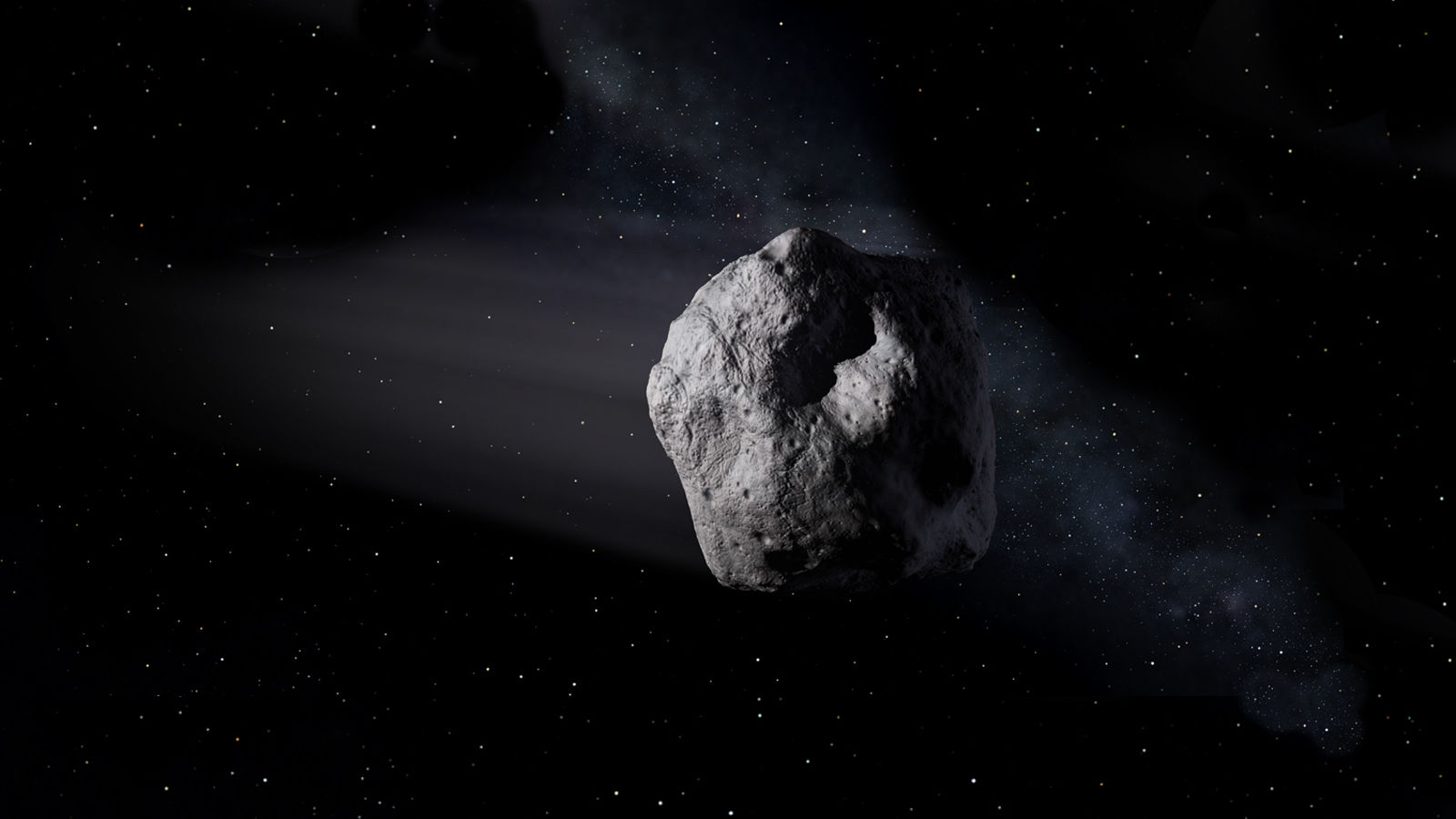Several near-Earth Objects (NEOs) will likely graze the Earth’s near-perimeter over August. Little more than a week ago, Asteroid 2022 OE2 came perilously close to piercing its gravitational field, skirting only about 5.1 million kilometres from the Earth. Although NASA monitors all such objects, the said asteroid managed to duck past the space agency’s high-powered telescopes, only getting detected two days ago. However, it does not spell relief for the planet as another asteroid-the 2015 FF- makes its approach later today. At 53 feet wide, it’s smaller than 2022 OE2 which was between 557 to 1,246 feet wide and twice the size of a standard American football in length, but it poses a similar danger if it gets drawn by Earth’s gravitational force.
Also Read: Sturgeon supermoon and Perseid meteor shower: When and where to see
First discovered in March 2015, the asteroid has been on NASA’s radar ever since. Information on the same- along with other NEOs- can be found on The Center for Near-Earth Object Studies (CNEOS), NASA’s centre for monitoring and computing asteroids and comet movement, in a bid to gauge their threat levels. As per the data on their website, 2015 FF is likely to come within 0.02864 to 0.02685 astronomical units (au) of the Earth’s centre, roughly 4.2 million kilometres. Although a fair distance away, the space rock can deviate swiftly if the conditions align. But reassuring worried observers, NASA predicts it to move across the planet. It is likely to reappear in 2025 and then again in 2066. However, this is the closest it will come to the Earth in this century.
Also Read: How are satellites launched in space?
The other asteroids approaching the Earth in August are 2022 OT1 (4.7 million km), 2022 OA4 (6.9 million km), 2022 PJ1 (4.2 million km), 2022 PW (5.2 million km), 2022 PC (6.3 million km), 2019 AV13 (5.3 million km), 2020 QW3 (2.4 million km), 2015 QH3 (2 million km) and 2017 BU (6.1 million km).







